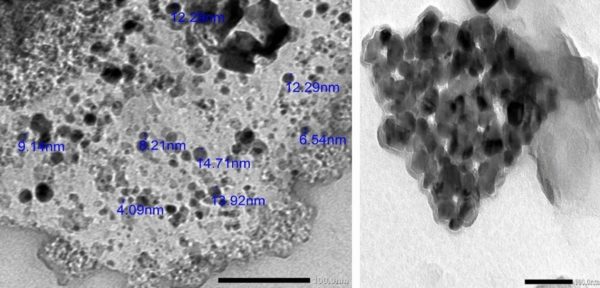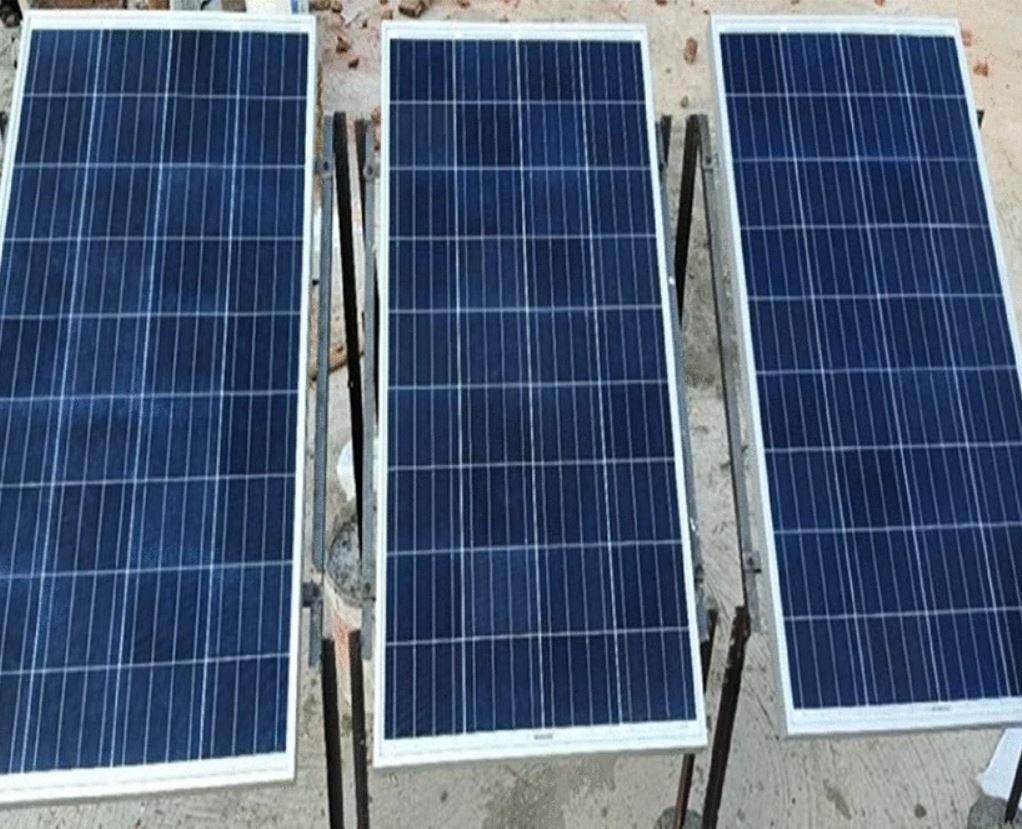From pv magazine Global
Scientists at Al-Azhar University in Egypt have developed a hydrophobic nanocoating with a self-cleaning effect that can reportedly increase the efficiency of solar panels by up to 30.7%.
“The main contribution of this work is to enhance the performance of PV solar panels by reducing the dust accumulation on the panels’ surfaces over time, thereby reducing cost, effort, and water consumption while cleaning,” the researchers said “Enhance the performance of photovoltaic solar panels by a self-cleaning and hydrophobic nanocoating,” which was recently published in Scientific Reports.
The researchers used a coating solution based on polydimethylsiloxane (PDMS) and silicon dioxide (SiO2) nanocomposites mixed with ethanol and isopropanol. They dissolved this mixture by using an ultrasonic washer and they then applied it to the solar panels by spray coating. By using scanning electron microscopy (SEM), the research group determined that the nanocoating increases the surface roughness at the nano and micro scale, which in turn increases the hydrophobicity and contact angle.
“The metal oxide nanoparticles are well dispersed in the PDMS polymer,” the scientists explained. “Through the hydrophobic chain of PDMS, PDMS-SiO2 nanoparticles cross-link with one another, which further leads to the formation of clusters of different sizes and then the micro-nanostructure.”
By using an ultraviolet-visible spectrophotometer (UV–Vis), the academics also verified that the coating’s average transmittance is 91% in the visible light range. They said that it is resistant to ultraviolet radiation. They applied the solution to a 100 W panel and compared its performance to that of a 100 W reference panel without coating and a 100 W panel with a commercial anti-soiling nanocoating. After 40 days of exposure to the environmental conditions in Cairo, the academics found that the hydrophobicity and self-cleaning properties of the PDMS-SiO2 nanocoating made it possible to remove the dust by water droplets by 74%, which compares to just 52% for the reference panel.
They also found that the nanocoated panel’s efficiency was up to 30.7% higher than that of the reference panel.
“The nanocoated panel has greater output power, greater efficiency, and the lowest temperature and dust accumulation density,” they concluded. “Because of the hydrophobic and self-cleaning properties of the nanocoated panel, the water droplets rolled off and removed a large amount of dust from the panel surface.
The researchers did not provide details about the costs of the nanocoating, nor did they say whether commercial production is being considered at this stage.

This content is protected by copyright and may not be reused. If you want to cooperate with us and would like to reuse some of our content, please contact: editors@pv-magazine.com.









Assuming that polydimethylsiloxane production can be scaled up to industrial amounts (and it can be produced without environmental damage) to the point it is is less expensive than zebra milk, this is a huge development. Trailing maintenance costs are (or should be) a key factor in determining the long economic attractiveness and viability of any solar project.